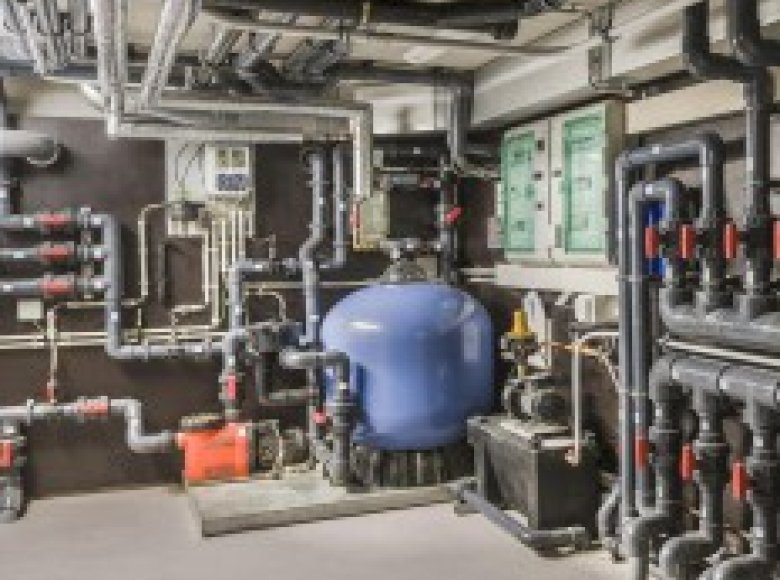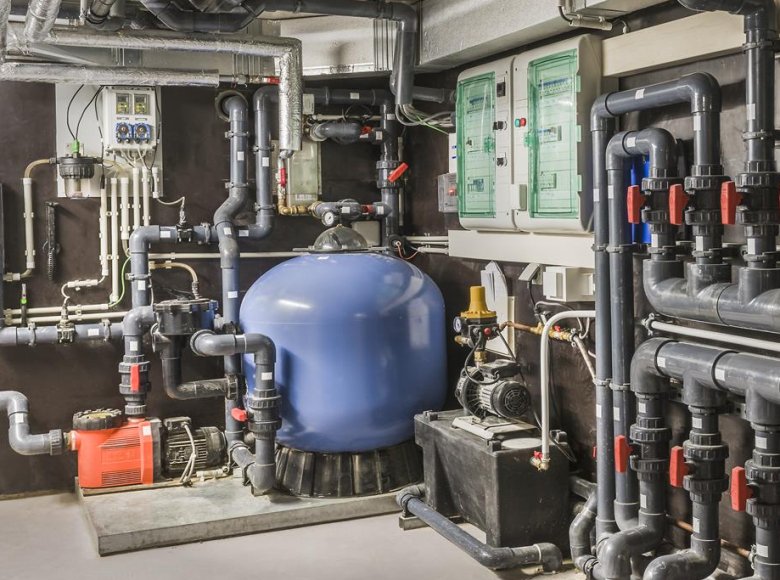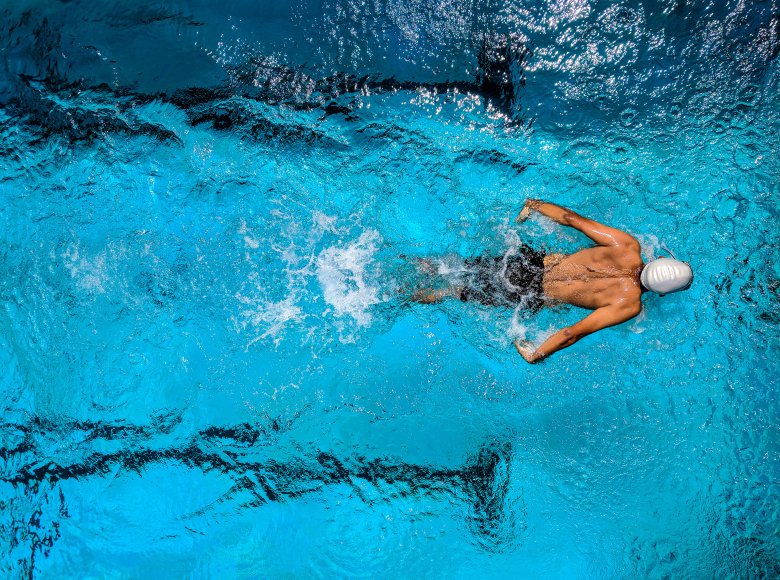Much is being said and written about pool heating. All kinds of new technologies are touted as being able to change the market. Yet the conclusion invariably remains the same: a heat pump is still the best and most economical pool heating solution!
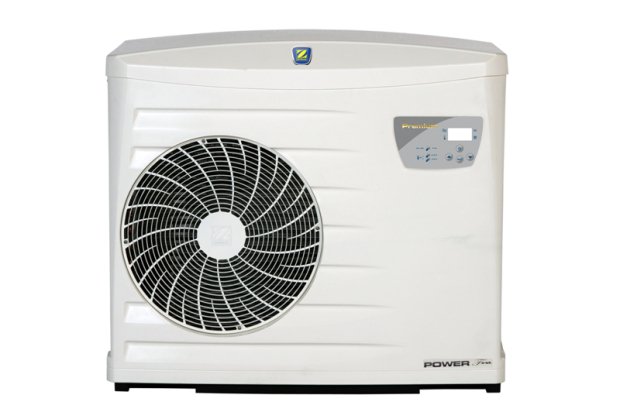
Very high efficiency
A quick comparison with the other options immediately shows why a heat pump is the best heating device for your pool.
An electric pool heating system is quite simply far too expensive to use. It uses so much electricity that it can only be considered for whirlpools up to 1500L. An electric system is absolutely unsuitable for a standard pool of approx. 50,000L.
The main drawback of gas or fuel oil heating systems is their low efficiency. These heating systems require 5 kW of energy to generate 1 kW of heat, whereas for a heat pump it is just the other way around.
Solar systems are also quite popular pool heaters, but then you have to rely solely on the sun. As a result, the use of such a system alone is not possible in Belgium or the Netherlands. However, this system can be used efficiently in combination with a heat pump.
Advantages & drawbacks of pool heating pumps
The biggest advantage of a heat pump is its high efficiency and low usage cost. Such a device, when used cost-effectively, allows you to reduce your annual electricity cost to anywhere between €600 and €700. This saving is based on the assumption that a proper pool cover is used and that, as a pool owner, you adjust the temperature on non-swimming days.
A heat pump does, however, have one disadvantage. Heat pumps are slow heaters, meaning that in the spring allowance should be made for a 7-day period to warm up the water from 15°C to 28°C.
Moreover, a heat pump is also dependent on the ambient temperature. At high outdoor temperatures the water will warm up much more quickly than at low temperatures. As a result, most heat pumps will not work at outdoor temperatures of less than 5°C.
All Season heat pumps are an exception to this rule, but they too cannot be expected to raise the water temperature by a few degrees in just one day. At temperatures below 5°C, this pump will only be able to keep the temperature constant.
Choosing the right heat pump
To make the right choice from the various heat pump brands, you need to compare the COP values. COP stands for Coefficient of Performance and is the ratio of heat provided to the heat used by the unit, i.e. the heat provided for each kW of energy used at a given outdoor temperature. The higher this COP, the higher the efficiency of the heat pump.
You should, however, take care to compare only standard and externally verified heat pumps. Unfortunately, in-house tests by manufacturers are not always objective or are carried out at excessively high temperatures.
Not only the COP, also the quality of the components is important. Check if the heat pump has a titanium heat exchanger, as only titanium is highly resistant to the chemicals used for pool maintenance. This will also significantly extend the service life of your heat pump.
Finally, your heat pump should be sized for the volume of your pool. A good heat pump manufacturer always includes an overview in the technical data sheet. This allows you to decide which heat pump is best suited for your pool.
Take a buffer of 5000L, which should be increased if the pool is in the shade for most part of the day or if no pool roller cover is used. You will need a more powerful heat pump. These are slightly more expensive but also much more efficient. The warm-up time is reduced to such an extent that electricity usage costs are lower or equal at most.
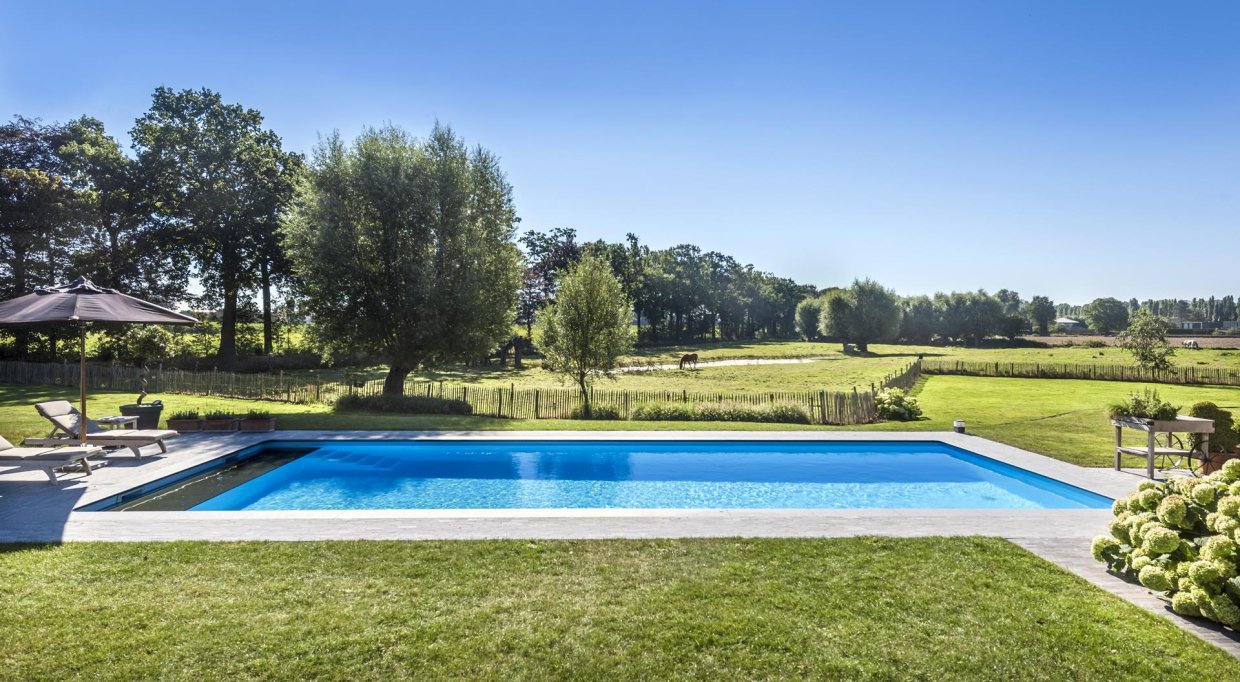
The ideal site for installation of the heat pump
Your heat pump should preferably be installed outdoors. This eliminates the need for a service area that requires proper air supply and exhaust.
If the heat pump is installed outdoors, this is ideal to blow out the cooled air as far away as possible. This will benefit the direct ambient temperature of the heat pump and therefore improve its efficiency.
The heat pump need not necessarily be installed in the sunlight. The only parameter that matters is the ambient temperature. Around the heat pump, however, a clearance of 50cm should be provided on each side. A 3m to 5m clearance is recommended at the fan. Again, the purpose is to blow the cooled air far enough away.
Noise is another parameter to be considered when installing the pool heating pump. While increasingly low-noise heat pumps are being manufactured, it is still preferable to reduce this noise to an absolute minimum. This can be achieved, for example, by installing the heat pump just around the corner.
Should you have any other questions about pool heating, please do not hesitate to contact us!


